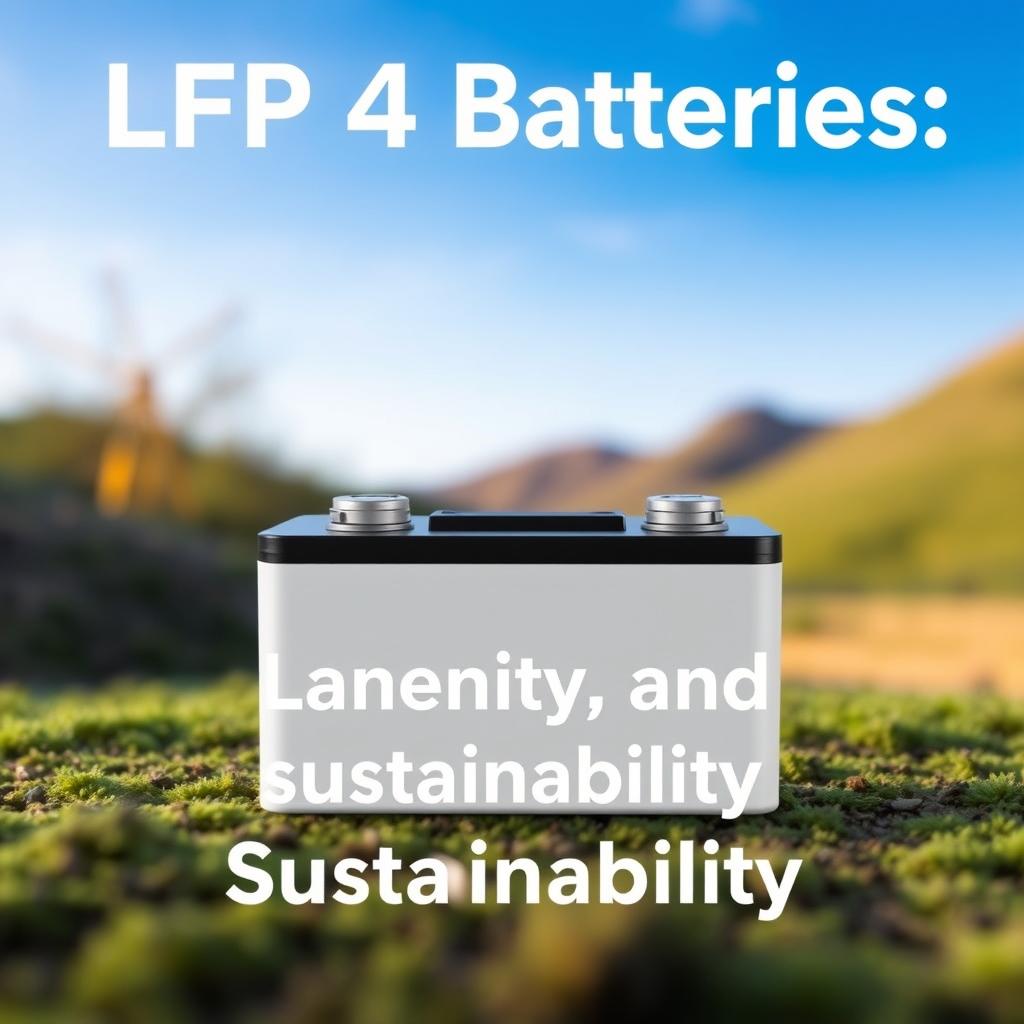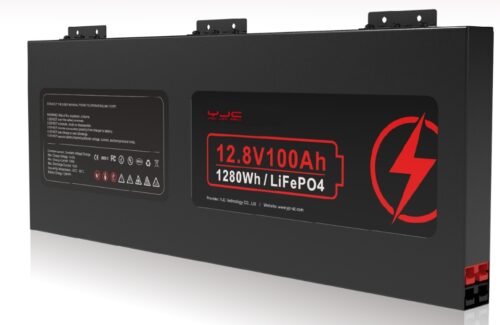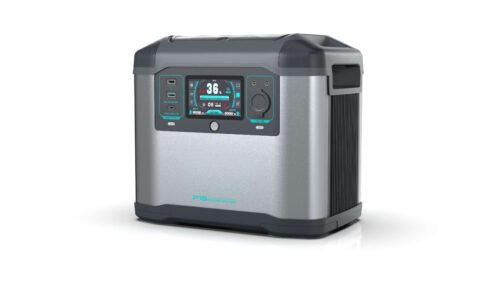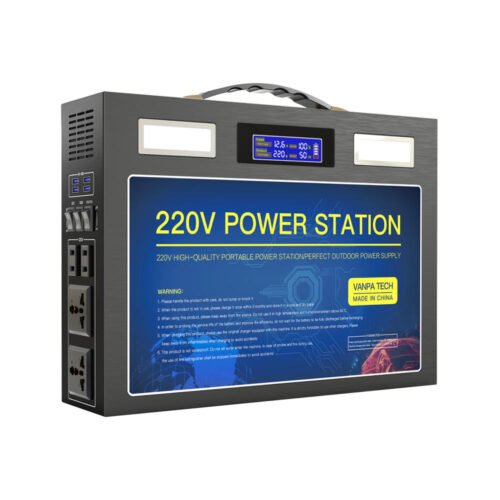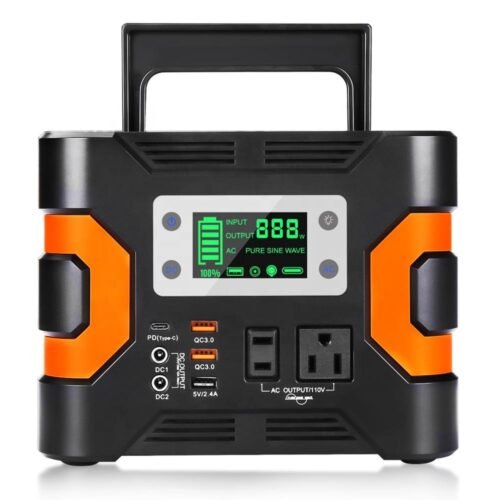Hybrid inverters play a crucial role in optimizing the integration of renewable energy sources, such as photovoltaic systems, into the power grid. Let’s explore their key advantages, focusing on energy dispatch, integration capability, operating modes, economic viability, blackout support, and UPS (Uninterruptible Power Supply) energy dispatch logic.



Hybrid Inverter Vs General Mppt+sine wave inverer
Energy Dispatch:
Energy storage inverters are designed to efficiently manage the flow of electricity between renewable energy sources, energy storage systems, and the grid. By intelligently controlling the charge and discharge of batteries, they enable seamless energy dispatch, ensuring surplus solar energy is stored for later use and released during peak demand periods. This dynamic energy dispatch mechanism not only maximizes self-consumption of solar power but also contributes to grid stability and enhances overall system performance.
Integration Capability:
One of the key strengths of energy storage inverters lies in their high integration capacity. They seamlessly integrate with various energy storage technologies, including lithium-ion batteries and other emerging storage solutions. This versatility allows end-users to select the most suitable energy storage option based on their specific needs and preferences. Moreover, these inverters can be easily integrated into existing photovoltaic systems, enabling smooth retrofits and upgrades for enhanced energy management.
Operating Modes:
Energy storage inverters offer multiple operating modes to accommodate diverse scenarios. In standard mode, the inverter efficiently manages energy flows between the photovoltaic system, storage unit, and loads. The intelligent energy management system optimizes battery utilization and ensures grid compatibility. Additionally, the economic mode allows users to prioritize cost-effectiveness by utilizing energy storage during peak tariff hours and discharging during low tariff periods, leading to significant cost savings.
Economic Mode:
In this working mode, you can set the charge/discharge power and time in the App, inverter will use the power from PV or grid(whether to use can be set in the App) to charge the battery in the predetermined period.
Inverter will use power from PV and battery to supply loads in the predetermined period and the grid will supply the insufficient part.

In the purely off-grid mode, power from PV will supply the back-up loads first and then charge the battery if there’s surplus
When the power from PV isn’t enough, the battery will discharge to supply backup loads together with PV.

General Mode:
In this working mode, when the power from the PV array is sufficient, PV power will supply the loads, battery, and grid by the following sequence: Loads > Battery > Grid.
PV power will supply the loads first, and second charge the battery, and then feed to the grid. (You can set the power to the grid to OW if the local grid doesn’t allow it).
When the PV power is insufficient, the battery will discharge to supply loads, and the grid will join in if the battery is not enough.

UPS Mode:
In this working mode, the inverter will use the power from PV or grid (set in the App) to charge the battery until it is fully charged, and as long asthe grid is there. the battery won’t discharge.
When the grid is cut off, power from PV and battery will supply to the loads connected in the back-up side (UPS).



